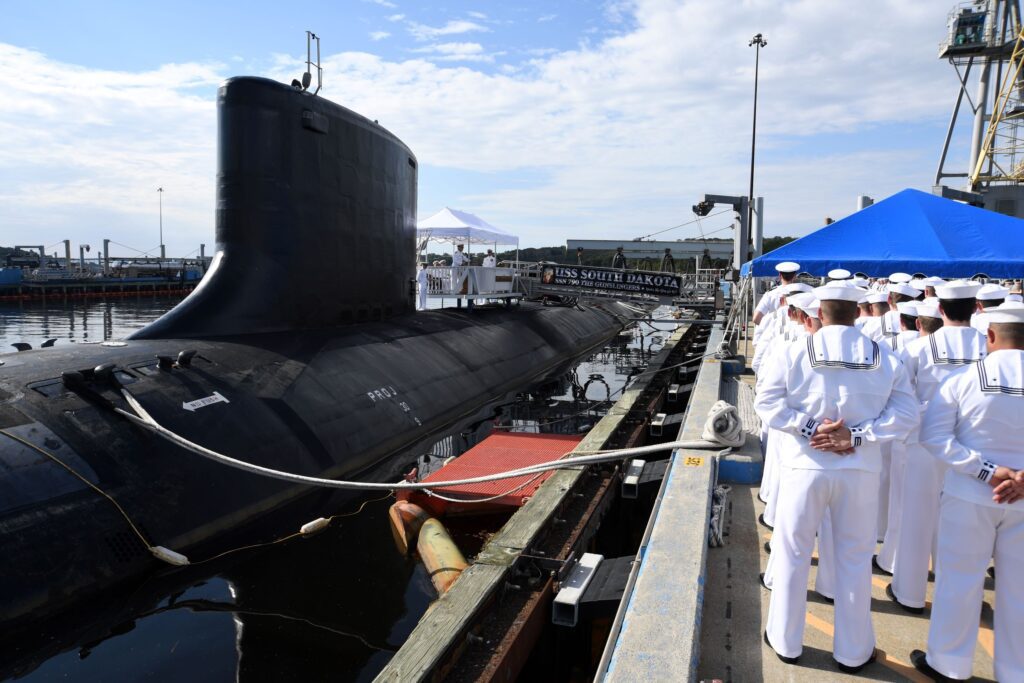
ARLINGTON, Va. — The decline in the number of the Navy’s attack submarines (SSNs) is leveling out sooner than was feared just a few years ago, made possible by the decision to extend the service lives of some older SSNs.
Previously, the force level of SSNs was predicted to decline to a “trough” of 41 SSNs in the mid-2020s before the number would start to increase as the building of two Virginia-class SSNs per year hit its stride.
With 50 submarines “we are at that inflection point right now,” said Vice Adm. Bill Houston, commander, Naval Submarine Forces, speaking Nov. 17 at the Naval Submarine League’s annual symposium in Arlington. “We are actually very stable right now [at 50] and we’re starting to increase our numbers.
“How are we doing that? Through an awful lot of hard work by those people who came before me and whose shoulders we’re standing on right now; tremendous hard work from the shipbuilders and tremendous from the Navy, from the Department of Defense and from our overall government,” Houston said.
An important initiative is the service life extension of several Los Angeles-class SSNs.
“There is additional margin in the Los Angeles class,” he said. “We actually have reactor cores available which will refuel and extend a significant number of Los Angeles-class submarines.”
Houston was not specific in the number of Los Angles-class SSNs submarines that will go through life extensions. The Navy previously has mentioned consideration of extending the service lives of five to seven boats.
“We found that on most of our Los Angeles [SSNs] had significant hull margins, so we were able to extend them, and they had the fuel to go longer,” he said. “There are several Los Angeles’s that we will physically refuel and add years on them. Just due to the absolutely incredible job we did when we built the Los Angeles and the Ohio [SSBN and SSGN] that we could extend those ships as long as we can.”
- Insitu Going Strong at 30, Focusing on Maritime Operations - April 8, 2024
- Navy Awards Boeing Additional Funds for MQ-25 Drones for Testing - April 3, 2024
- Benign 4th Fleet AOR Useful for Unmanned Vehicle Operationalization, Admiral Says - March 27, 2024






